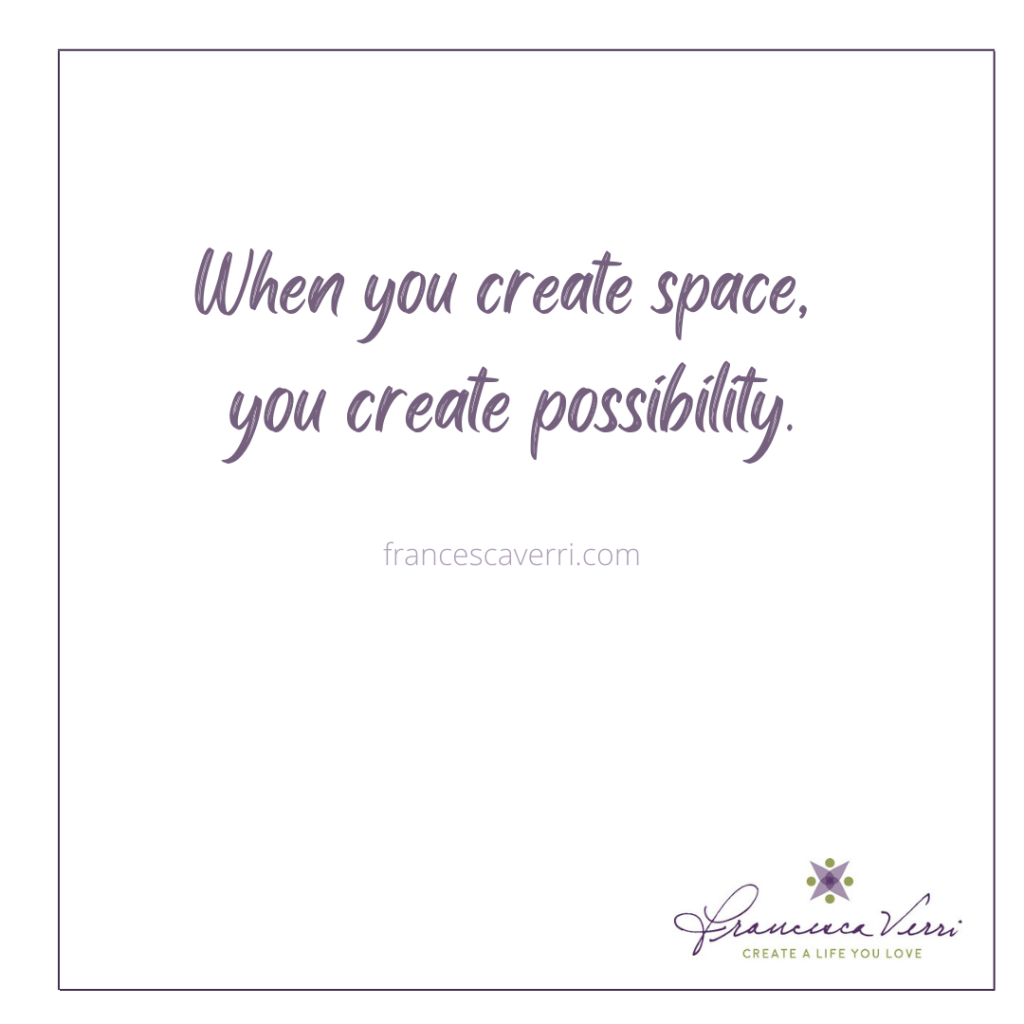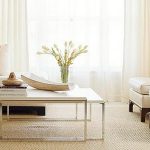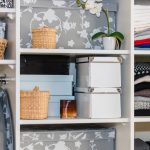Oh for the love of God do we – and I mean all of us collectively – have too much stuff.
This is not new news. In fact, it is often in the news.
According to nbc.com the average home has some 300,000 items.
Three hundred thousand is a lot of items.
And the kicker is most of those items people are not using. In fact, in my professional experience and from what I have seen, many people keep items they never use.
One problem with keeping things you don’t like or need, and therefore likely don’t use is this: they take up valuable space. {Valuable being the operative word}. Space that can be used more wisely. Space that will allow you to get to, more easily, the things you actually do like, need, and use.
Now, doesn’t that sound good?
I see the misuse of space a lot in the work I do helping people minimize and then organize. Often the misuse comes in the form of too much. Meaning you simply have too much in the space so it is stuffed.
You make harder the work of feeling light and organized when something is stuffed. You also make it harder to see what you have and therefore use what you have.
The kitchen tends to be a place I often see space misuse because there are so many options to store “too much” behind doors and in drawers. Somehow, being able to close a door or drawer creates an out-of-sight-out-of-mind mentality leaving you feeling like everything is…good. Organized enough.
But, in fact, it is not.
Instead, it is a recipe for frustration, loss of time, stress! And even an inability to create healthy lifestyle routines in that space.

Time to lighten up your kitchen and create the valuable space needed to function well. Start by purging these things:
1. Mugs.
I know, I know. You like the mug your daughter made for you at paint-a-plate when she was five. And you like the mug your mother gave you with the family pictures all over it. And of course, the set of four you bought at the craft fair because they looked unique, but are too big to use every day. Let us not forget your set of twelve that came with your wedding registry – nineteen years ago. The point is, we all have mugs. And a lot of them. But do you use them all? And importantly, do you need them all?
Be honest with yourself and keep what you know you will use, or have used recently. And remind yourself, that what you are saving is enough because, in fact, it is.
2. Water bottles.
Similar to mugs, these items are typically in excess. And that excess clutters the space. Yes, I know you might have a bottle that is used for biking, that might be different from what you use for hiking, going to the beach, or bringing on a long car ride. 🤦🏻♀️ But it is time to give all the water bottles a look-see and a purge. Let go of any that are too worn, don’t function well, or haven’t been used in years. And in looking at the space you have in which to store your bottles, keep what reasonably fits. You can make up a lot of excuses for why each family member needs more than two. But if you are honest you’ll see the space you gain from lightening the load is more valuable.
3. Things that are expired.
I hear this all the time when purging food cabinets: “I didn’t even know I had that!”. And because you didn’t know, you never used it and now, it has expired. This is a problem we must fix. Start by purging anything that is past its date. Even if you think it might be okay to eat after it has expired, it is more likely that you will not pull for it. Purge it all. This creates valuable space.
Then make a little pact with yourself that your goal moving forward will be to shop deliberately for things you need now. Resist the urge to buy more than you need in the next few weeks, even if there is a sale. {Perhaps, especially if there is a sale}. Because even though your intentions are good and you think you are saving money or time having to shop again, you are also creating suffocation in your space. When you get stuffed you can’t see what you bought so you don’t use it. And because you can’t see what you have easily you will likely buy the same item again. See how that inefficient and wasteful circle goes around?
Do not buy more than what can fit in your space. Buy what you need, not too much. And be consistent in checking your cabinets monthly to weed out what has expired to continually leave your space (and yourself) feeling free.
4. Lids with no match
There is simply no reason to keep lids that do not fit any container. Not one. The more you hang onto them the more frustrated you get. (Am I right or am I right?) And the more cluttered the space is. That clutter is what prevents you from finding what actually does have a match. Pull out all the storage containers. Match up lids with containers. Recycle what doesn’t have a match. And move on.
5. Things that are broken
Simply put, keeping things that are broken is a waste of time and space. If something is chipped or cracked or not functioning (warped storage containers anyone?) you aren’t going to use it. You might have every intention to “fix” what is broken, or even use what doesn’t function optimally. But the reality is if you haven’t, you likely won’t. And all those items are doing is taking up space, and perhaps even laying a bit of guilt on you for not gluing the handle on the mug that you don’t even need.
Lighten the load. Create the space. Relieve the pressure.
When you do you’ll generate space that will allow you to live your life in wonderful, healthy ways.




